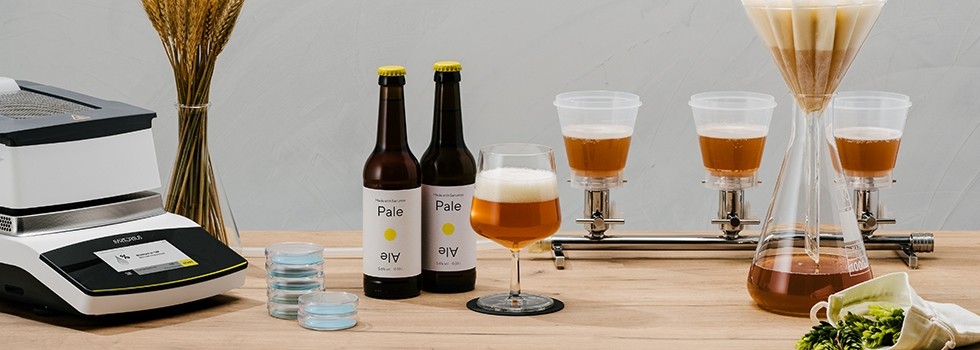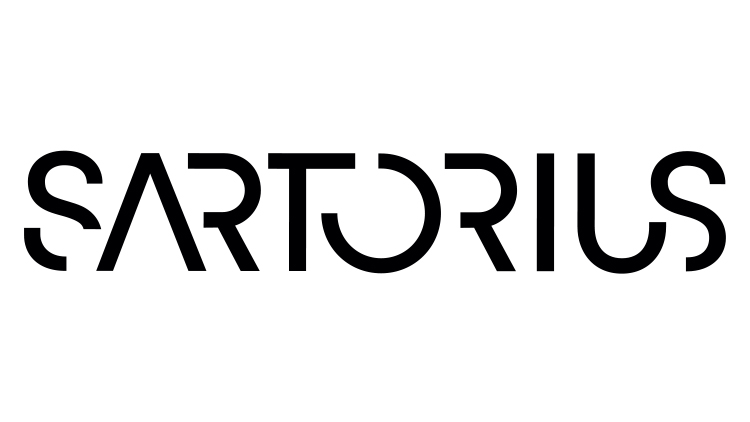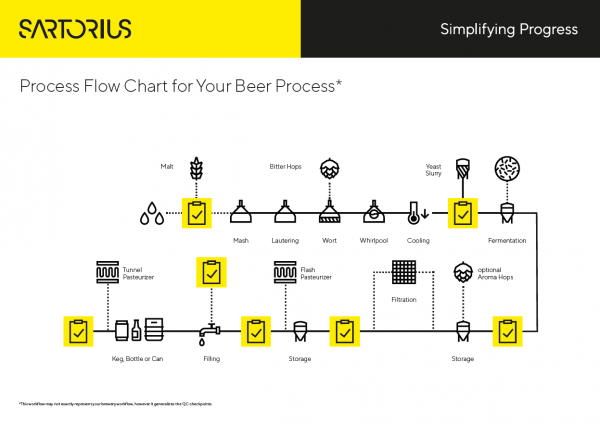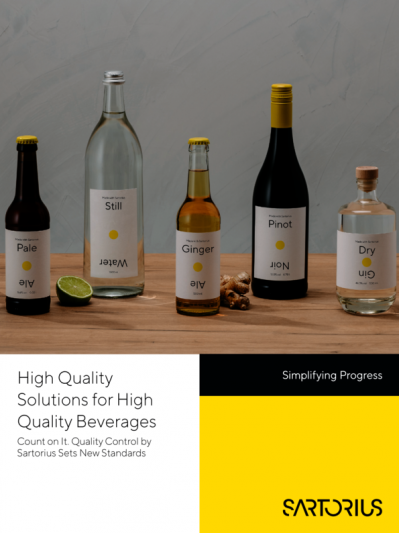Promotional Features
Tips and tricks for beer filtration
When doing microbial testing on any carbonated beverage whether it is soda, champagne, sparkling wine, seltzer water, sparkling water or beer, the most challenging and time consuming aspect is just filtering the 100mL of product. This doesn’t matter if the product is from within the manufacturing process or the actual final product, it can take what seems like forever to filter.
In my many years of experience in the microbiology lab, there are a few tricks that I learned which can help speed up filtration without damaging any potential spoilage bacteria, yeast or mold which could be lurking within the sample. Here are a few examples which can help you out:
- Chill the product – Although you may want to test the product right away, it will help you to chill the product first. Place inside of a refrigerator to cool and the closer you can get to 2-8°C (35.6-46.4°F) the better. The microorganisms are unaffected by cooler temperatures however they are “heavy” so when you are ready to perform your testing, a few shakes up and down will help re-suspend the microorganisms. Do not shake vigorously or the product may explode when you open.
- Use a conical shaped funnel – The microorganisms are within the liquid of the carbonated beverage and this is what needs to pass through the membrane filter. Once the membrane filter is wetted, you need high vacuum pressure to pull air through (this is called bubble point testing). You don’t want to do this. It is this principle which is causing the long filtration time because the carbonation is sitting on top of the membrane filter so only small spaces are open for the liquid to pass through the membrane. To increase your filtration time, you need to get the carbonation off the membrane filter hence the use of a conical shaped funnel. Think about drinking a pint of beer. You want the carbonation in the beer to form a head at the top of the pint and this is done by the shape of the pint glass forcing the bubbles towards the top. Same principle applies here.
- Pre-wet the membrane filter – Membrane filters are like the sponges you use to wash dishes. You would never put the soap on the sponge first then wet the sponge. It’s always the other way around. The same goes here. If you pre-wet the membrane filter with sterile water or sterile buffer or even sterilized product, you will find that filtration will go faster as the spaces between the pores will already be filled with liquid.
By doing any one of these tricks or using all three together, you will find that performing your microbial testing on any carbonated beverage will speed up and you will be able to get to enjoy those tasty beverages sooner as well.
Sartorius offers a wide range of microbial testing products ranging from the Biosart®250 Monitors which is our popular conical shaped disposable funnel, Microsart® Manifolds, Nutrient Pad Sets & Biosart® Ampoule Media, both of which offer a wide selection of microbiological media options to meet your spoilage detection needs.
For everyone working in the Quality Control of a Brewery: Discover the Nutrient Pad Sets from Sartorius as perfect choice for quality control of your beer samples.
For more information on Beer QC, please visit: https://www.sartorius.com/en/applications/applied-industries/food-beverage-filtration/beer-filtration/beer-quality-control?utm_source=beveragedaily&utm_medium=extwhitepaper&utm_campaign=beverageqc&utm_term=2020-09&mrksrc=thirdparty&utm_content=promotional-feature



